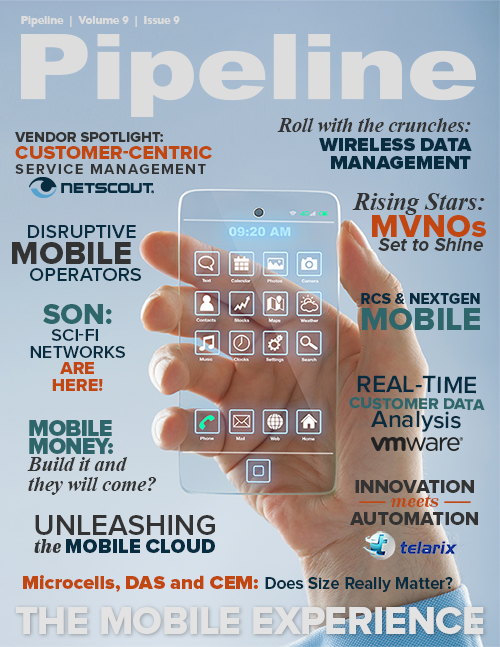Roll with the Crunches: Wireless Data Management
Spectrum availability also plays into M&A decisions. AT&T’s just-announced acquisition of some of Alltel’s assets will net the Bell 585,000 new subscribers, but the real prize will be Alltel’s spectrum: the 700, 850 and 1,900MHz bands fit existing AT&T frequencies and enable the company to continue to expand its coverage in a climate of spectrum scarcity, making the $780 million cash deal seem pretty reasonable.
Of course, the huge quantity of moving parts that are at work as oh-so-efficient regulatory agencies calculate and recalculate spectrum designations and auction criteria makes counting on such auctions a bad bet. In addition, there are only so many viable acquisition targets, so CSPs may not be able to buy their way out. But then there’s ...
LTE deployment
In the absence of shiny new spectrum space, CSPs have the option of turning to LTE to create leaner, faster, more capacious networks. The all-IP LTE networks can serve more subscribers at once — and usually at higher speeds — than those of the HSPA (high-speed packet access) variety.
LTE rollouts are popping up all over. New analysis from Frost & Sullivan’s LTE Outlook study estimates revenues in India, the United Arab Emirates (UAE) and Saudi Arabia to reach $11.88 billion, $4.55 billion and $3.38 billion, respectively, by 2017.
But LTE isn’t a panacea on its own. While the speeds are faster and the capacity is greater, exponential increases in bandwidth consumption still outpace what CSPs can support on existing infrastructure. “In fact, LTE is more likely to increase congestion on mobile networks,” explains Yehuda Elmaliach, CTO of Mobixell, a mobile video and web optimization firm. “As mobile subscribers discover how fast they can stream video with LTE, they will want to consume more and more mobile bandwidth.” Elmaliach backs up that statement with a major mobile operator’s recent report that the 12 percent of its subscriber base that’s adopted LTE is already consuming 35 percent of the network’s bandwidth.David Chambers, former director of OSS solution marketing at Amdocs and current analyst at ThinkSmallCell, said as much in a blog post last August, wherein he related that although LTE may bring about, at most, “4x growth” through efficiencies and new spectrum, the industry will require “30x to 50x” more capacity in the years to come in order to meet demand. Chambers also referenced a survey commissioned by Amdocs (and administered by Rethink Technology Research) for which 65 network planners from Tier 1 and 2 CSPs around the world were asked about various methods they used to meet the demands of data-hungry users and their devices.
Directing traffic
Along with LTE, the Amdocs report mentions that CSPs are moving toward several other strategies to alleviate crowding, several of which we discuss at length elsewhere in this month’s issue.





















